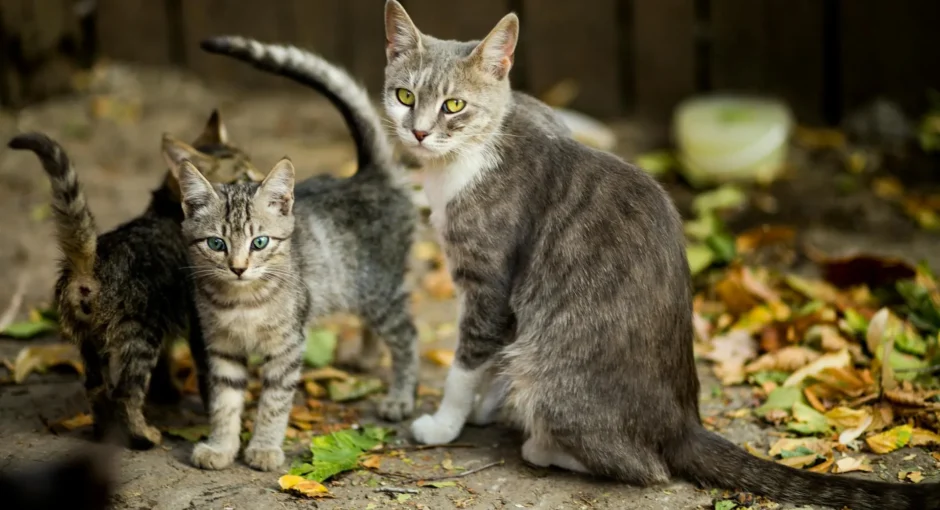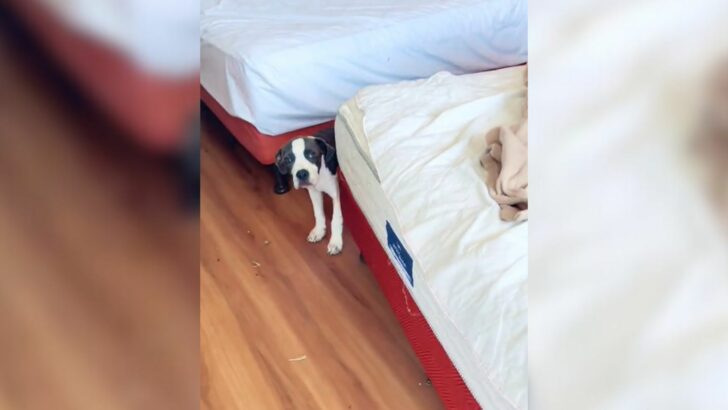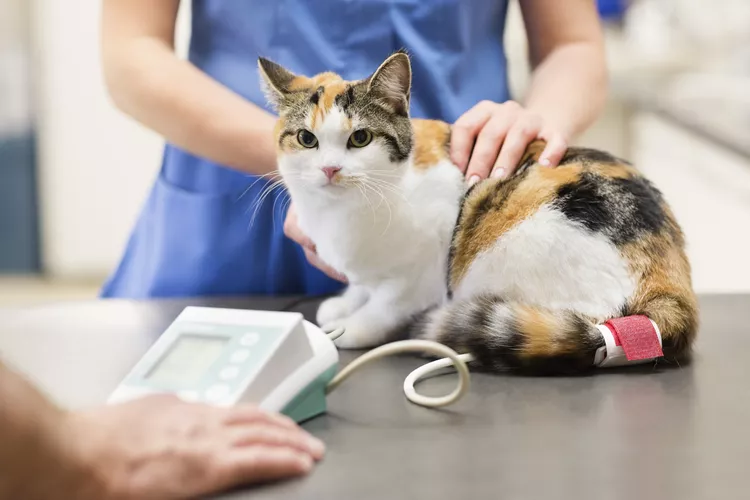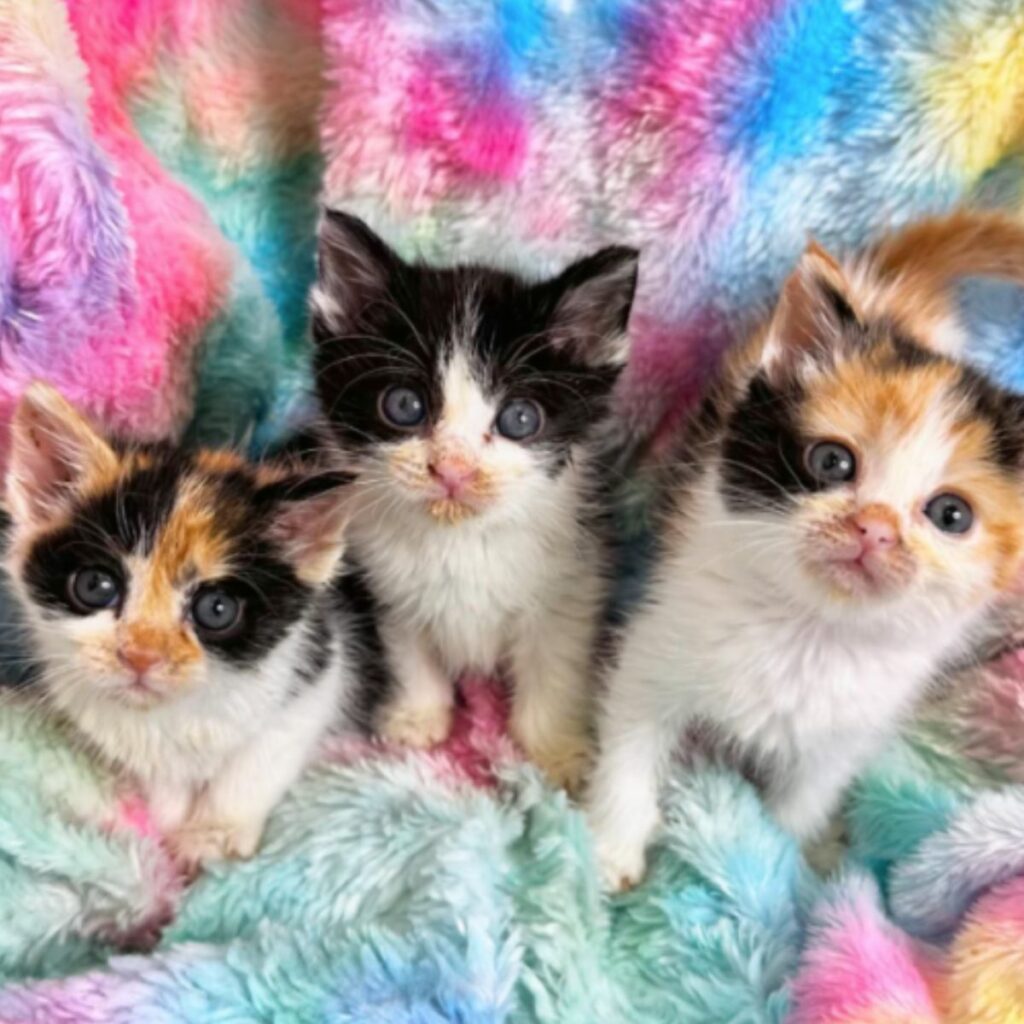Have you ever wondered when cats stop growing? It’s key to know the stages of a cat’s growth. This knowledge helps cat owners understand and take better care of their pets. Let’s look into when cats usually stop growing.
Cats typically reach full size by the age of one. But, some may keep growing until they’re 18 months old. Maine coon cats, a large breed, might not stop growing until they’re 2. Plus, male cats grow longer than females and at a slower pace.
Want to guess a kitten’s age by their weight? It can work! A kitten tends to gain about a pound a month until they’re six months old. So, a three-pound kitten might be around three months old. Just remember, this way is only accurate for the first six months.
Male and female cats grow differently. Males are usually bigger and grow longer. Females, though, get through puberty sooner and may grow faster during that time.
When does a kitten become an adult cat? Usually by 12 months. But, their “teenage” phase can last until 18 months. During this time, they grow more mature in their actions.
Many things can influence a cat’s growth. The breed, genetics, health, birth order, and diet all matter. Bigger breeds may need more time to grow up. And the genes they get from mom and dad affect how big they’ll become.
Cats are often adults in size and weight by one year. You’ll notice they look more grown-up and act like it too. Yet, what age these changes happen can be different for each cat. It depends on their breed, genes, and health.
Feeding your cat right is vital for their growth. Kittens need good, balanced food. It’s also key to see the vet regularly to make sure they’re growing well. Also, making their living space interesting and showing them love matters a lot.
To grow up healthy, cats need the right food, check-ups, a good home life, and lots of care. If you keep an eye on their growth and talk to the vet as needed, they should develop just fine.
Cats have three main growth stages: kitten, young cat, and full adult. Kittenhood is from birth to around one year. Juvenile cats keep growing slowly, and adult cats are done with major growth.
Each cat breed grows at its own pace and reaches a different size. Big cats usually grow slower to their full size than small cats. The genes from their parents also affect their growth and size.
It’s vital to keep track of your cat’s growth with regular vet visits, watching how they change physically and in behavior, giving good care, and feeding them well. If you ever worry about your cat’s growth, a vet can offer advice.
Read more: Understanding Your Bengal Cat’s Traits & Care
How to Determine a Kitten’s Age Based on Weight
Kitten age can be guessed by looking at their weight. Typically, kittens put on about one pound each month up to six months. So, if a kitten is 3 pounds, it’s probably three months old. This rule is good until they’re six months old.
Here’s a simple guide to figure out a kitty’s age from its weight:
- If a kitten is about 1 pound, it’s usually less than a month old.
- Around 2 pounds means it might be two months old.
- A 3-pound kitten is typically three months old.
- If it hits 4 pounds, it’s possibly four months old.
- About 5 pounds indicates it could be five months old.
- If a kitty weighs 6 pounds, it’s probably six months old.
But remember, these are just general pointers. A vet can give you a spot-on age for a kitten.
| Kitten Weight | Approximate Age |
|---|---|
| 1 pound | Less than a month old |
| 2 pounds | Two months old |
| 3 pounds | Three months old |
| 4 pounds | Four months old |
| 5 pounds | Five months old |
| 6 pounds | Six months old |
Cats’ Growth Differences Based on Gender
Gender affects how cats grow. Usually, male cats stop growing later and slower than females. So, males keep growing even when females are already done.
Male cats are generally bigger and stronger than females. They get this size boost from hormones and their genes.
Females reach puberty before males. Once this happens, they might grow faster. This is because their bodies are getting ready for reproduction.
Knowing these differences helps cat owners. They can keep track of their cat’s growth and give the right care at each stage.
The Transition from Kitten to Adult Cat
Kittens change a lot as they grow. They move from being cute little ones to full-grown cats. This journey usually ends at 18 months, even though they are seen as adults at 12 months.
As they age, cats get bigger and more mature in how they act. They start being more calm than when they were always jumping and playing.
Most cats will stop growing at 12 months. Yet, some big types may keep getting larger until they’re 18 months old. How fast they grow is tied to their breed and genes.
As your cat grows, they might act a bit different. They might want to do more things on their own and break fewer things. Don’t worry, this is just them growing up.
Feeding your cat well and making sure they see the vet often is key in this time. A good diet and check-ups will keep them healthy while they grow. It’s important to watch their health closely now.
If you understand what your cat is going through, you can make it easier for them. Giving the right care and love helps them grow up into a happy adult cat.
Read more: Why Do Cats Like To Scratch Objects? 5 Things Below Will Answer For You
Factors Affecting Cat Growth
Cat growth is shaped by several things. These include what breed they are and their genes. Also, health, when they were born, and what they eat matter.
Different breeds grow in different ways and sizes. Big breeds like Maine Coons grow slowly. Smaller cats, such as Siamese, can grow quicker.
Genes have a big say in cat growth. Kitten’s parents decide their growth pace and final size. This is all down to their genetic makeup.
A cat’s health can affect how it grows, too. Healthy cats grow better than those who are sick. Good food, exercise, and vet visits help a cat grow well.
Kittens may grow differently based on their birth order. The first-born might have a small edge in growth. But, this influence isn’t huge.
The right food is vital for a cat’s growth. A balanced diet that fits a cat’s needs is crucial. Talk to a vet to figure out the best food for your cat.
Cat Growth Milestones and Markers
As cats grow, they pass by several milestones showing they’re getting older. These milestones are important. They tell us how far a cat has come till adulthood. Here are some common signs of these milestones:
- Stabilization of Body Size: By about a year old, a cat usually stops growing in size. It reaches its full adult size and weight. After this, changes in size will not be as noticeable.
- Mature Appearance: Cats show physical changes as they become adults. They get a sleek, fully-grown coat and all their adult teeth. This is a big sign they’ve grown up.
- Development of Adult Behaviors: When cats are fully grown, they start acting more like adults. They may mark territories, act like they want to mate, and play less. These signs mean they’re ready for adult life.
Remember, the timing of these growth markers can change. It depends on their breed, genes, and health. Some breeds take longer to finish growing. Even in the same breed, each cat might grow at its own pace.
Caring for Growing Cats
Proper nutrition is key for healthy growing cats. Kittens need specially made food as they grow. This food gives them the right nutrients for quick development.
It’s vital to visit the vet regularly. They check the cat’s health and growth. If a cat needs changes in their diet, the vet can help.
To keep cats happy and growing well, their space should be fun. Toys, posts for scratching, and places to climb are important. This setup also stops them from being bored or acting out.
Cats need love as much as they need food. Playing and spending time with them makes them and their owners happy. This bonding is crucial for the cat’s emotional health and growth.
| Key Factors in Caring for Growing Cats |
|---|
| 1. Proper nutrition with specially formulated kitten food |
| 2. Regular veterinary check-ups for monitoring growth and health |
| 3. Environmental enrichment with toys and safe spaces |
| 4. Love and affection through regular playtime and social interactions |
Cat Growth and Best Practices
To help your cat grow healthy, follow some best practices. Doing this will make sure your cat is happy and healthy as it grows.
Provide a Well-Balanced Diet
Feeding your cat a good diet is key for healthy growth. They need food with lots of protein, essential fatty acids, vitamins, and minerals. It’s important to pick high-quality cat food designed for their life stage. Ask your vet for advice to make sure they get all the right nutrients.
Regular Veterinary Care
Your cat needs to see the vet regularly to check its growth and health. The vet will measure how your cat is growing, give it shots, do tests, and look for any health issues. Dental care is also vital for keeping your cat healthy overall.
Environmental Enrichment
Keeping your cat’s environment interesting is crucial for its development. Cats love to play and explore. Make sure they have toys, scratching posts, places to climb, and time for interactive play. All this does wonders for their physical health and keeps them from getting bored and acting out.
Read more: If Your Cat Shows These 4 Signs, It’s Likely Hungry. Please Feed Your Cat Right Away
Love and Affection
Cats enjoy being loved and need it for their emotional health. Spend time petting them, playing with them, and cuddling. This makes them feel good and tightens the bond between you and your cat. A loving, stress-free home helps your cat grow well.
Monitoring and Consultation
Watch how your cat grows. Pay attention to their weight, shape, and general look. If you’re worried about how they’re growing, or see any strange changes, talk to the vet right away.
| Best Practices for Cat Growth Promotion |
|---|
| Provide a well-balanced diet |
| Regular veterinary care |
| Environmental enrichment |
| Love and affection |
| Monitoring and consultation |
Understanding Cat Growth Stages
Cats change a lot as they grow, and each stage is special. They go from kittens to juveniles, then finally to adulthood.
The Kitten Stage
Kittens are born and grow up to about 1 year old. They are tiny, cute, and have lots of energy. Kittens start by drinking their mom’s milk and move onto food. At this time, they learn a lot about the world through play.
The Juvenile Stage
After being kittens, cats become juveniles until they’re about 2 years old. They are still growing but slower than before. Cats at this stage become more free and act like grown-ups. It’s a big time for them to learn about the world and how to behave.
Adulthood
When cats are fully grown, they enter adulthood. This happens by the time they’re 1 year old, but some take until they’re 18 months. Adult cats are at their biggest and are fully developed. They are usually calmer than they were as juveniles. At this stage, they show the mature behaviors of adult cats.
Knowing about cat growth stages helps cat owners. It lets them take good care of their pets as they grow from playful kittens to mature adults.
The Role of Breed and Genetics in Cat Growth
Breed and genetics are vital in a cat’s growth. They shape how big cats get and when they stop growing. These facts help understand how cats grow.
A cat’s breed is a big influence on their size and growth. For example, Maine Coons and Ragdolls take longer to grow big. Siamese and Abyssinians hit their full size quicker. Knowing a breed’s growth rate helps track a cat’s development.
The genes cats get from their parents matter a lot. Things like their size and how they grow are decided by these genes. Cats can take after one or both parents. This affects how big they get and how fast they grow.
But, a cat’s growth isn’t just about breed and genes. What they eat, their health, and where they live also play a big part. A good diet, check-ups with the vet, and a fun place to live help a cat grow strong.
Comparison of Cat Growth Patterns in Different Breeds
| Breed | Growth Pattern | Final Size |
|---|---|---|
| Maine Coon | Gradual and extended growth period | Large, reaching full size at around 2 years |
| Siamese | Rapid initial growth, followed by slower growth | Medium-sized, reaching full size at around 1 year |
| Ragdoll | Steady growth throughout the first year | Large, reaching full size at around 2 years |
| Abyssinian | Steady growth throughout the first year | Small to medium-sized, reaching full size at around 1 year |
The table gives a general idea of how different breeds grow. But, each cat is unique. Cat owners should watch their cat’s growth and talk to a vet if worried.
Read more: Discover the Charm of Tortoiseshell Cats
Monitoring Cat Growth and Development
It’s key to keep an eye on your cat to make sure they grow up healthy. Regular visits to the vet are very important. The vet will check your cat’s health and how they are growing.
When looking at your cat, notice if they are growing in size and in their features. You might see their body size and weight stay the same. This means they could be almost done growing.
Also, look at their fur and teeth. These will be fully developed in adult cats. You might also see your cat become less playful but more independent.
Feeding your cat a balanced diet is crucial. A healthy diet keeps them growing right. Your vet can help you set up a feeding plan. This plan will make sure your cat gets all the nutrients it needs.
Enhancing their living space with toys and scratching posts is helpful too. It keeps them happy and growing well. By watching your cat closely, you can detect any issues early.
If you see or are worried about your cat’s growth, talk to your vet. They can give you the best advice. Keeping an eye on your cat’s growth means a healthy and happy pet.







